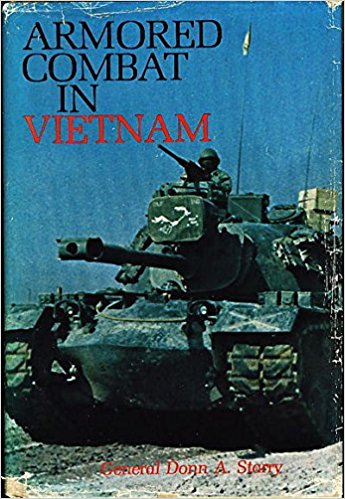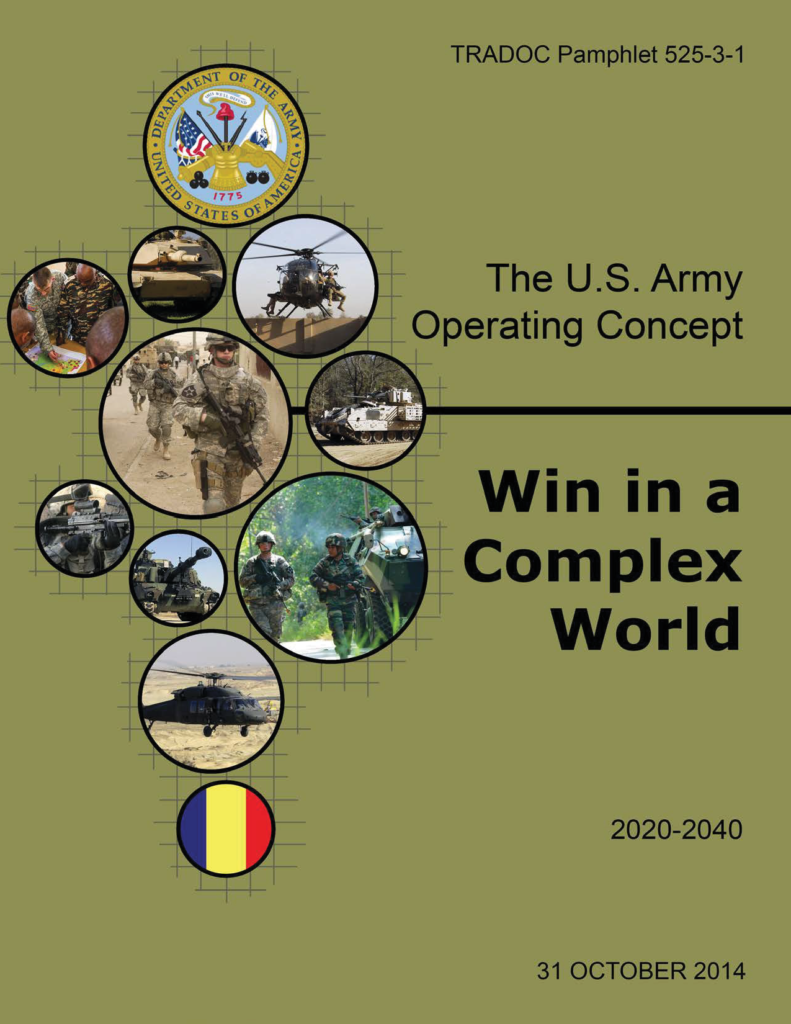People do send me some damn interesting stuff. Someone just sent me a page clipped from U.S. Army FM 3-0 Operations, dated 6 October 2017. There is a discussion in Chapter 7 on “penetration.” This brief discussion on paragraph 7-115 states in part:
7-115. A penetration is a form of maneuver in which an attacking force seeks to rupture enemy defenses on a narrow front to disrupt the defensive system (FM 3-90-1) ….The First U.S. Army’s Operation Cobra (the breakout from the Normandy lodgment in July 1944) is a classic example of a penetration. Figure 7-10 illustrates potential correlation of forces or combat power for a penetration…..”
This is figure 7-10:

So:
- Corps shaping operations: 3:1
- Corps decisive operations: 9-1
- Lead battalion: 18-1
Now, in contrast, let me pull some material from War by Numbers:
From page 10:
European Theater of Operations (ETO) Data, 1944
Force Ratio Result Percent Failure Number of cases
0.55 to 1.01-to-1.00 Attack Fails 100% 5
1.15 to 1.88-to-1.00 Attack usually succeeds 21% 48
1.95 to 2.56-to-1.00 Attack usually succeeds 10% 21
2.71-to-1.00 and higher Attacker Advances 0% 42
Note that these are division-level engagements. I guess I could assemble the same data for corps-level engagements, but I don’t think it would look much different.
From page 210:
Force Ratio…………Cases……Terrain…….Result
1.18 to 1.29 to 1 4 Nonurban Defender penetrated
1.51 to 1.64 3 Nonurban Defender penetrated
2.01 to 2.64 2 Nonurban Defender penetrated
3.03 to 4.28 2 Nonurban Defender penetrated
4.16 to 4.78 2 Urban Defender penetrated
6.98 to 8.20 2 Nonurban Defender penetrated
6.46 to 11.96 to 1 2 Urban Defender penetrated
These are also division-level engagements from the ETO. One will note that out of 17 cases where the defender was penetrated, only once was the force ratio as high as 9 to 1. The mean force ratio for these 17 cases is 3.77 and the median force ratio is 2.64.
Now the other relevant tables in this book are in Chapter 8: Outcome of Battles (page 60-71). There I have a set of tables looking at the loss rates based upon one of six outcomes. Outcome V is defender penetrated. Unfortunately, as the purpose of the project was to determine prisoner of war capture rates, we did not bother to calculate the average force ratio for each outcome. But, knowing the database well, the average force ratio for defender penetrated results may be less than 3-to-1 and is certainly is less than 9-to-1. Maybe I will take few days at some point and put together a force ratio by outcome table.
Now, the source of FM 3.0 data is not known to us and is not referenced in the manual. Why they don’t provide such a reference is a mystery to me, as I can point out several examples of this being an issue. On more than one occasion data has appeared in Army manuals that we can neither confirm or check, and which we could never find the source for. But…it is not referenced. I have not looked at the operation in depth, but don’t doubt that at some point during Cobra they had a 9:1 force ratio and achieved a penetration. But…..this is different than leaving the impression that a 9:1 force ratio is needed to achieve a penetration. I do not know it that was the author’s intent, but it is something that the casual reader might infer. This probably needs to be clarified.



